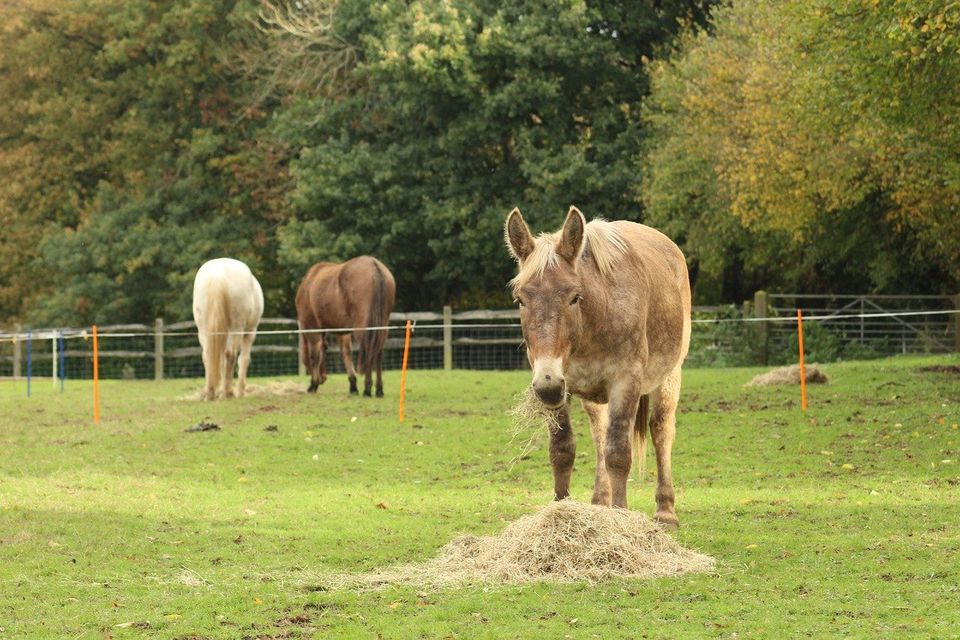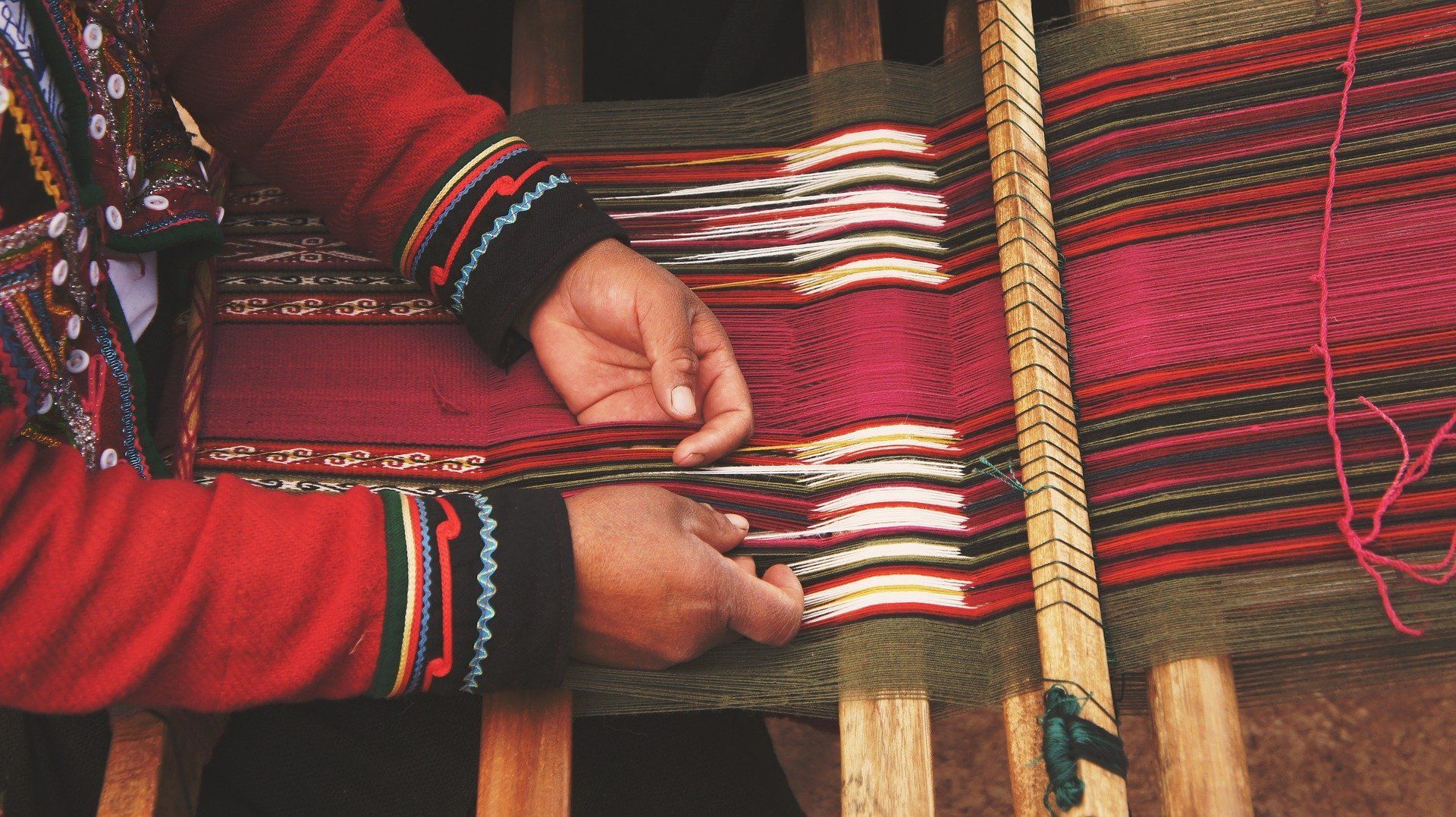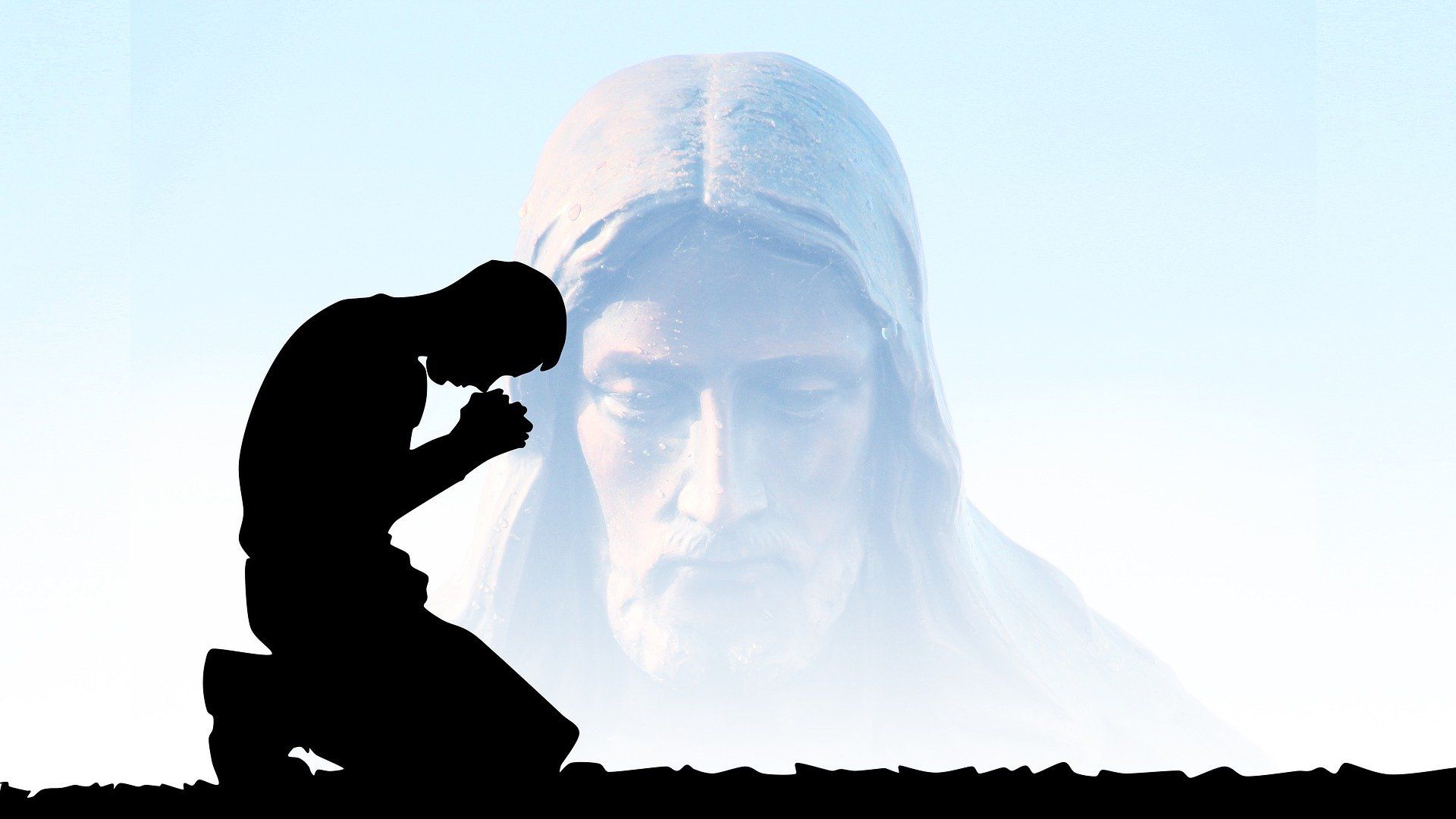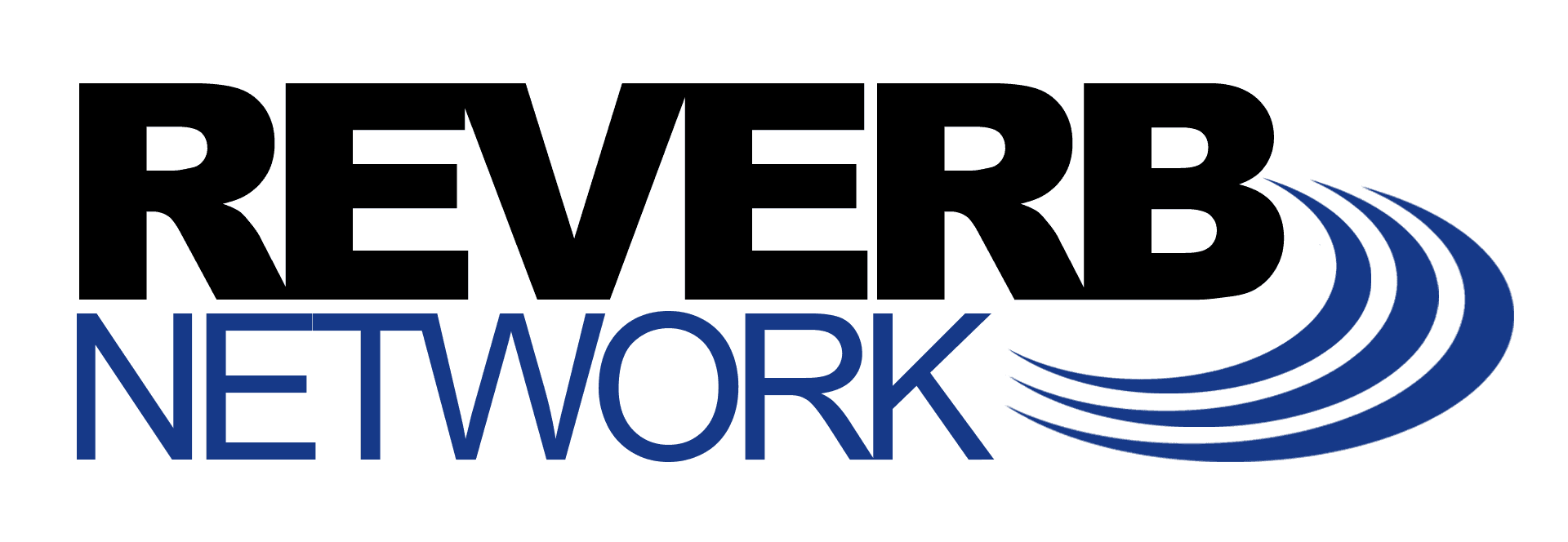Mules or Horses
Last week I mentioned that Jesus’ goal was not to build an institution but a movement. I also told you that we would discuss the one key difference between mules and horses and how it relates to movements. We might be drawn to their differences in beauty, speed, or ability, but the one key factor that I want to focus our attention on is reproducibility. Mules—the product of a female horse and male donkey—cannot reproduce because they have an odd number of chromosomes; for offspring, an even number is needed to divide into pairs.
Jesus’ model of going deep with the few through discipleship, coaching, and empowerment created a reproducible movement. While horses typically “cost” more than mules; planting “horse” reproducing movements takes more intentionality, strategic thinking, and time investment (though far less financial cost). The result or “payback” however, is always greater.
So here are some questions for you to ponder:
- How can your leadership affect movement and reproducibility?
- Is your current organizational model reproducible?
- Are members participators or spectators?
- Is maturity based on how much a person knows or obedience to what they already know?
- Do leaders need to be trained and empowered?
- What size of group makes it easier to reproduce both the movement and leaders for it?
- What type of meeting places are best suited for a reproductive model of church?
These are tough questions without easy answers. But they are worth considering.
And finally, if we are only leading for the benefit of those around us we miss a key point of serving leadership. Serving leaders are future-oriented and therefore movement-focused. They see the “whole” world, not just “their” world. They build on a foundation already laid. They build on purposes greater than their own. They build and support movements that are changing the world!
[Next week we will discuss our key text on serving leadership.]














